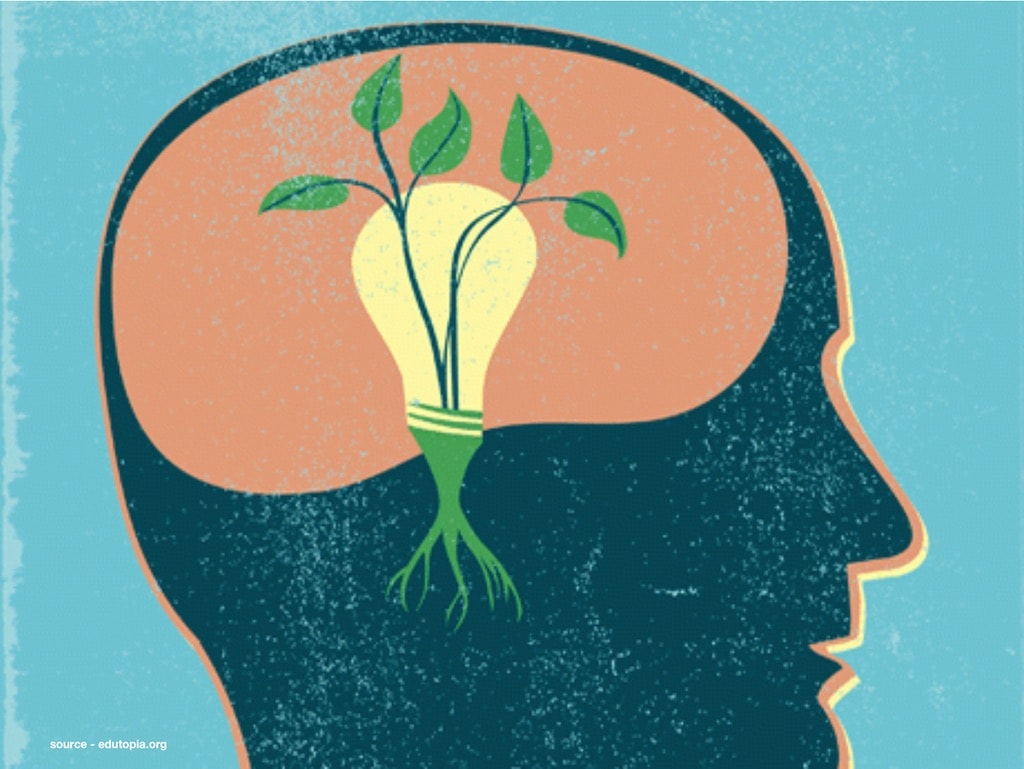Introduction
In a fast-paced world dominated by ever-changing technology, it has become essential to engage in effective and efficient learning. Whether you’re a student, professional, or lifelong learner, mastering strategies for learning can help you maximize your potential and achieve success. In this article, we will explore various proven strategies to enhance your learning capabilities and transform the way you approach new information.
1. Setting SMART Goals
The first step in any learning endeavor is setting specific, measurable, achievable, relevant, and time-bound (SMART) goals. Having clear objectives provides a sense of direction and motivation, enabling you to allocate time and effort more effectively towards achieving those goals.
2. Developing a Growth Mindset
Cultivating a growth mindset involves embracing challenges and recognizing that effort is the path to mastery. Individuals with a growth mindset see failures as opportunities for learning and improvement rather than an indication of lack of talent or skill.
3. Active Learning
Active learning involves actively engaging with the material instead of passively consuming it. This can be done through asking questions, discussing concepts with peers, teaching others, or applying new knowledge to real-life situations. Active learning has been proven to enhance comprehension and retention.
4. Spaced Repetition
Spaced repetition is a technique where new information is reviewed at increasing intervals over time which helps improve long-term memory retention. By spacing out your review sessions using flashcards or other methods of revisiting content periodically helps reinforce information in your memory.
5. Elaborative Interrogation
This strategy involves posing “why” questions about concepts you are trying to learn in order to strengthen connections between new knowledge and existing knowledge. It requires generating reasons behind various relationships instead of merely accepting them as given facts.
6. Taking Breaks – The Pomodoro Technique
To maintain focus and avoid burnout, try the Pomodoro Technique—breaking up learning sessions into 25-minute intervals with short breaks in between. After every fourth interval, take a longer break to recharge.
7. Visual Aids
Using visual aids such as mind maps, diagrams, and flowcharts can help clarify complex ideas and make concepts more memorable, thus enhancing learning effectiveness.
8. Testing as Learning – The Testing Effect
Testing yourself not only measures what you have learned but also helps solidify information by forcing retrieval from memory. The process of recalling information strengthens neural connections, making it easier to retrieve the same information in the future.
Conclusion
Implementing these strategies can significantly improve your learning process and maximize your potential for success in any academic or professional setting. Remember that everyone has a unique learning style; experiment with various techniques to find which combination works best for you. Be patient and persistent—with the right approach and mindset, there’s no limit to what you can achieve.


